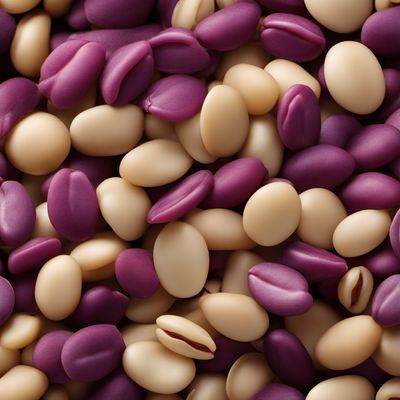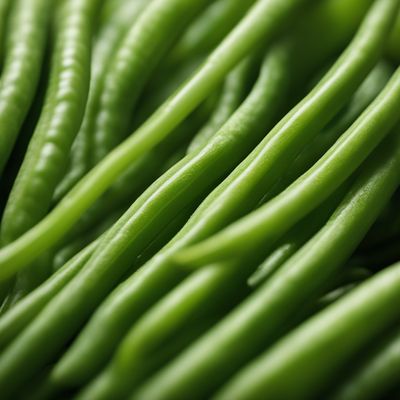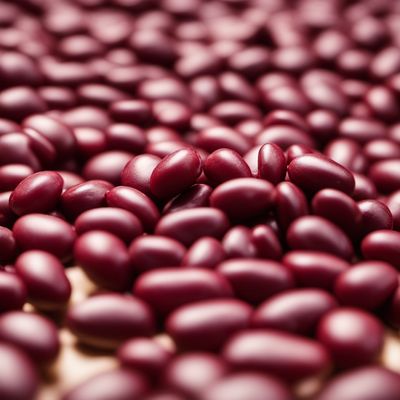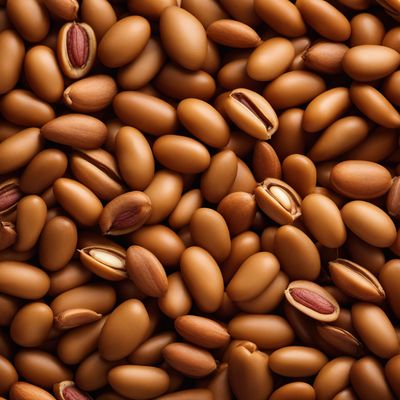
Ingredient
Vetches (without pods)
The Versatile Vetch
Vetches are small legumes that are commonly used in cooking, particularly in Mediterranean and Middle Eastern cuisines. They have a mild, earthy flavor and a tender texture, making them a delightful addition to a wide range of recipes.
Origins and history
Vetches have been cultivated for thousands of years and have a long history in Mediterranean and Middle Eastern cultures. They were traditionally used as animal feed and later gained popularity as a nutritious food source for humans.
Nutritional information
Vetches are a good source of protein, fiber, and essential minerals such as iron and magnesium. They are also low in fat and calories, making them a healthy addition to meals.
Allergens
Vetches may cause allergic reactions in individuals who are sensitive to legumes.
How to select
When selecting vetches, look for ones that are plump, firm, and have a vibrant color. Avoid vetches that are discolored or have a musty smell.
Storage recommendations
To maintain freshness, store vetches in an airtight container in a cool, dry place. They can also be stored in the refrigerator for extended shelf life.
How to produce
Vetches can be easily grown in home gardens or purchased from farmers markets. They thrive in well-drained soil and require moderate watering.
Preparation tips
Vetches can be cooked and used in a variety of dishes, such as soups, stews, salads, and grain bowls. They can also be sprouted and used as a nutritious addition to sandwiches and wraps.
Culinary uses
Vetches are commonly used in Mediterranean and Middle Eastern cuisines, where they are incorporated into dishes such as falafel, hummus, and soups. They can also be used as a substitute for other legumes in recipes.
Availability
Vetches are commonly available in Mediterranean countries such as Greece, Italy, and Turkey.
More ingredients from this category » Browse all

Stink beans (without pods)
The Pungent Delicacy: Stink Beans Unleashed

Lablab beans (without pods)
The Protein Powerhouse

Monantha vetches (without pods)
The Versatile Monantha Vetches

Yardlong beans (without pods)
The Versatile Legume

Lima beans (without pods)
The Versatile Lima Bean

Borlotti or other common beans (without pods)
The Versatile Legume: Borlotti Beans

Ervils (without pods)
Delicate Green Gems

Azuki beans (without pods)
The Versatile Azuki Beans

Jack beans (without pods)
The Versatile Legume: Unveiling the Wonders of Jack Beans

Rice beans (without pods)
The Versatile Rice Bean

Broad beans (without pods)
The Versatile Legume

Black eyed peas (without pods)
The Versatile Legume: Black Eyed Peas